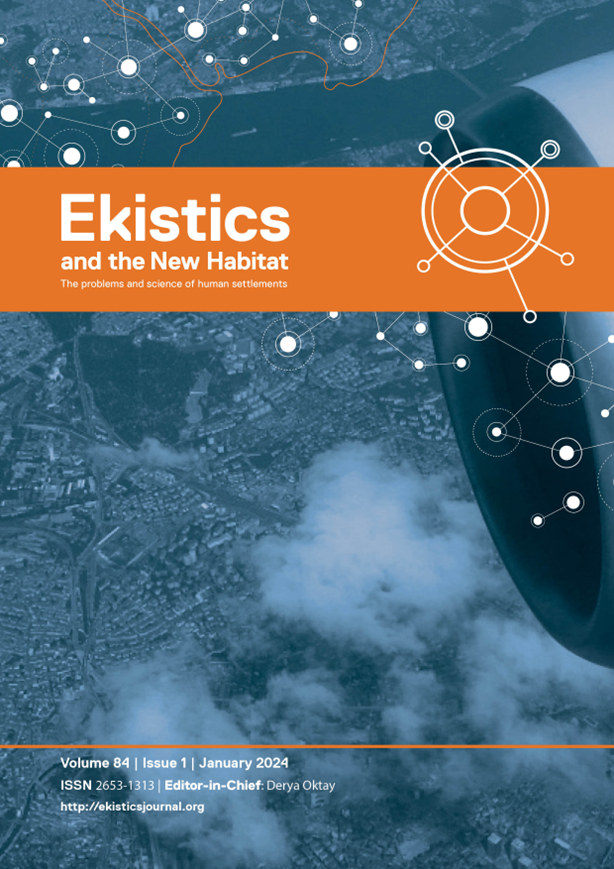Teaching The Nature of Order
DOI:
https://doi.org/10.53910/26531313-E2024841680Keywords:
architectural education, architectural theory, complexity science, building process, built environmentAbstract
This paper describes the teaching of Alexander’s magnum opus The Nature of Order as the main theoretical course of the Building Beauty Program. The course is taught online as a reading seminar for registered students, and a webinar open for all. It introduces the main insights of the four books that make up this work, discusses the format of teaching and how it evolved over the course of the program, and the impact it has on the students. Alexander’s main contribution was in formulating a theory that describes the phenomenon of life, in artefacts as well as in the natural world, in terms of geometrical configurations, and in connecting it to human feeling and sense of self. Furthermore, Alexander describes a unified process underlying both the human processes of building and making, as well as natural phenomena. All of this within a scientific framework which includes and extends modern science and opens the gate to a technology that connects us to the natural world and to ourselves. The course is taught as a reading seminar, interspersed with lectures on central ideas, as well as guest lectures, to allow students to encounter the work on their own terms, rather than imposing it as a doctrine. Our impact surveys show that studying The Nature of Order is indeed transformative and helps students in understanding and learning to work within the complex order of the world.
Published
How to Cite
Issue
Section
Categories
License
Copyright (c) 2023 Ekistics and The New Habitat

This work is licensed under a Creative Commons Attribution-NonCommercial-NoDerivatives 4.0 International License.
Please contact the Editor-in-Chief: editor@ekisticsjournal.org, should you have any questions on copyright for your submission.
This research journal is for Educational and Knowledge development purposes.
All material published on this site complies with our copyright and terms as described by the Attribution-NonCommercial-NoDerivaties 4.0 International (CC BY-NC-ND 4.0)






